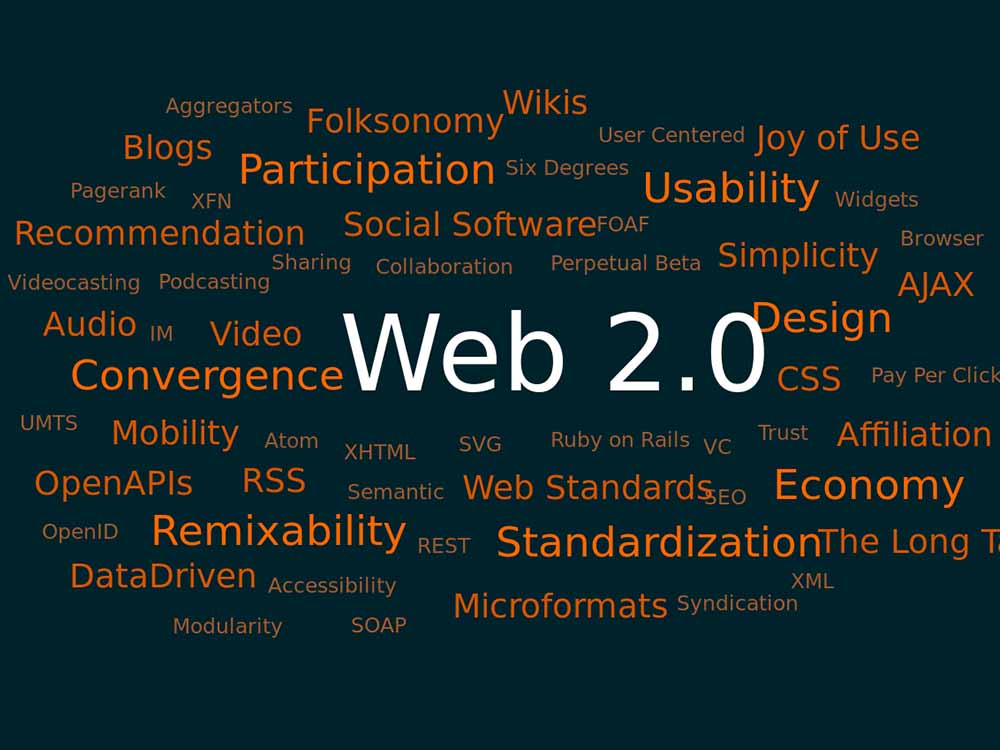Defining Web 2.0 in 2006 – The Evolution of the Internet and Collaborative Technologies
In the year 2006, the term “Web 2.0” became a focal point in discussions surrounding the internet’s evolution. This exploration delves into the definition, technological characteristics, cultural impact, and the transformative nature of Web 2.0 during this significant period.
The Definition of Web 2.0
Coined by Tim O’Reilly in 2004, the term “Web 2.0” represented a shift in the way people interacted with the internet. In 2006, it described a set of technological and design principles that emphasized user-generated content, collaboration, and the emergence of social media platforms. Web 2.0 marked a departure from the static, read-only web of the early 2000s to a dynamic and participatory online environment.
Technological Characteristics of Web 2.0
Web 2.0 was characterized by several key technological features. One prominent aspect was the rise of user-generated content platforms, such as blogs, wikis, and social media sites, where users could actively contribute and share information. Another defining feature was the emphasis on interoperability and open APIs (Application Programming Interfaces), enabling different web services to integrate seamlessly. The shift towards rich user experiences, often facilitated by technologies like AJAX (Asynchronous JavaScript and XML), also marked the era.
Cultural Impact and User Participation
The cultural impact of Web 2.0 in 2006 was profound. Users were no longer passive consumers of information but active participants, shaping the content and direction of online platforms. Social networking sites like Facebook and the emergence of user-generated content platforms like YouTube exemplified this shift. Blogs became powerful tools for individuals to share their thoughts and experiences, democratizing the creation and dissemination of information.
Transformative Nature and Ongoing Evolution
Web 2.0 in 2006 represented a transformative moment in the internet’s history, but it was also a stepping stone for further innovations. The principles of collaboration, user engagement, and open communication laid the groundwork for the subsequent evolution of the web. As technology continued to advance, the concepts of Web 2.0 persisted, influencing the development of web applications, cloud computing, and the ever-expanding landscape of online collaboration.
In summary, Web 2.0 in 2006 was a defining era in internet history, marked by technological advancements, cultural shifts, and a paradigmatic change in how individuals interacted with the online world.











